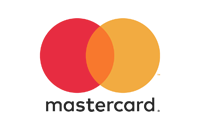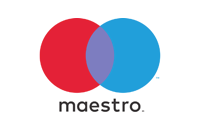| Cryotherapy - An Introduction2 October 2015 Floyd Mayweather regularly uses cryotherapy before and after his gruelling training sessions and maintains a 49-0 unbeaten record. Kobe Bryant and LeBron James, arguably the most famous names in the NBA, also swear by cryotherapy to stay at the top of their game. Of course, taking an ice bath to aid recovery is nothing new, but targeted cryotherapy has now revolutionised cold temperature rehabilitation for amateurs and professionals alike. Plus, it is a lot more pleasant than an ice bath. The Science Behind CryotherapySimply put, cryotherapy works by applying extreme cold to a part of the body. The cold compression provided helps to absorb heat from the affected area and reduce inflammation by promoting immediate vasoconstriction – narrowing of the blood vessels. Oxygen demand to that part of the body is decreased as is the localised metabolism and enzymatic activity, so swelling and soreness is stopped in its tracks. Cryotherapy also decreases muscle spindle fibre activity and slows nerve conduction velocity meaning that spasms and cramps are prevented or stopped. Once the pack is removed, vasodilation occurs and the blood vessels return to their normal size, increasing blood flow and restoring depleted oxygen reserves to promote healing. When Can Cryotherapy Help?Cryotherapy can benefit almost any part of the body that is susceptible to swelling, soreness or spasm. General aches and pains that build up over time can be nipped in the bud with a regular dose of cryotherapy, enabling you to stay on the move. Longer-term conditions such as shin splints can be controlled more effectively through cryotherapy, while the swelling caused from trauma such as a broken bone or even surgery can be dramatically reduced. Cuffs are designed for specific parts of the body so that the therapy can be applied in a 360 degree fashion, ensuring all of the affected area is cooled. The therapy is so effective that no more than 20 minutes is recommended on any given area. What We OfferHere at Think Sport we have a wide range of coolers and cuffs, so it has never been easier to give your aches and pains the cryo treatment. Our units are gravity powered, so simply pop the cuff around the afflicted area and attach to the cryotherapy cooler before lifting the cooler in the air to stimulate the cooling circulation. Cuffs are available for all the body parts below and we have listed a few conditions to give you an idea of just how cryotherapy can benefit you. Simply click on the body part to find out more. Feet – Foot injuries by their very nature take a long time to heal as it is almost impossible to get through the day without needing to run or walk somewhere, never mind resisting an early return to the sports field! Cryotherapy can help speed up the recovery period and is ideal for common foot problems such as sprains, strains, turf toe, sole soreness, metatarsalgia, breaks and fractures. Ankle – Injuries to the ankle tend to linger for a while and can weaken the ligaments and tendons, meaning that stability is reduced and the likelihood of another injury is increased. Cryotherapy can benefit a variety of ankle conditions such as sprains, twists, stress or hairlines fractures, breaks, dislocations and Achilles Tendinitis. Calf – Cryotherapy is useful for the calf as this is another area that is difficult to rest appropriately after injury. The treatment can be useful for a host of calm conditions including strains, cramps, stiffness, pulls, tears, ruptures, shin splints and Achilles Tendinitis. Knee – An injury to the knee tends to be one of the most debilitating injuries for any athlete. For damaged anterior and posterior cruciate ligaments, the road to recovery is a long and painful one that does not always guarantee 100% success. Cryotherapy can give you more of a fighting chance, whilst also helping with the swelling caused by other injuries such as dislocations. Thigh – Large muscles such as the quadriceps and hamstrings are prone to pulls, cramps and muscle contusions. The cooling treatment offered by Cryotherapy can greatly benefit these large muscle groups in terms of recovery, helping to ensure that you can perform at a high intensity game-in game-out. It is also suitable for more severe injuries such as tears and ruptures. Hand and Wrist – Tennis players, cricket players, rugby players – all will know the annoyance of an injured wrist. It not only hinders your sporting aspirations but can be a major problem for everyday tasks such as driving. The soothing effect of cryo treatment can help to ease the pain for everything from breaks and dislocations to repetitive strain injuries. Elbow – Everyone has heard of tennis elbow, but there a host of other conditions out there that can cause issues including nerve inflammation, bursitis, tennis, arthritis and Ulnar collateral ligament damage. Cryotherapy is a one-stop pain relief for all of these conditions and more. Back – Spinal injuries are quite possibly the most debilitating injuries that a pinched nerves, acute lumbar strains, spondylitis, fibromyalgia, sciatica and slipped discs. Back, Hip and Rib – The triple purpose Back, Hip and Rib Cuff is suitable for a huge range of conditions and fully interchangeable between the legs and torso. The versatility of the cuff makes it is a must-have for any athlete. Shoulder – And finally, strap on a cryotherapy shoulder cuff for cooling relief and rehabilitation for rotator cuff damage, labral tears, thrower’s shoulder, dislocations and acromioclavicular joint injuries. Visit Think Sport to view our full Cryotherapy Range! | ||||||

















